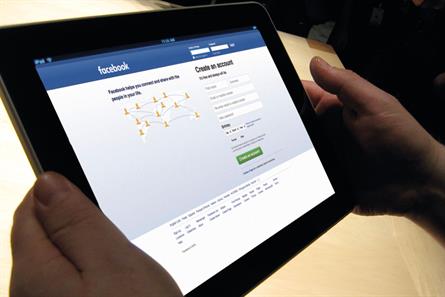
Most people don’t know that Viagra was created as a treatment for heart disease. It was only during the trials that Pfizer realised those blue pills were having an unexpected con-sequence. Viagra became a treatment for penile dysfunction and now makes an estimated $1.9 billion a year.
There are countless examples of products invented for one purpose, only to be reinvented for a different need. Why should marketing be any different?
Programmatic advertising is the biggest trend in today’s media world. According to eMarketer, 20 per cent of all media will be bought programmatically by 2020.
My simple explanation of programmatic is that it uses data, technology and algorithms to deliver the marketing needs we have tried to align for so long: person, place, time, product/service, message and so on.
The technology scales through automation, and it gets smarter and better over time as it collects more data.
Programmatic is not without pain because of the jungle of suppliers, confused pricing and lack of clarity over who does what. But it can deliver significant media efficiencies and drive better outcomes.
It is a superb way to use data signals to re-target individuals across the consumer journey. Look-a-like modelling extends effective reach, while better frequency capping helps control it. Premium inventory pools and various safety and verification add-ons ensure ads have been served and seen in the right places, not to mention institutionalising a way to tackle digital ad fraud.
However, like Viagra, programmatic may have an unexpected benefit in the future for a number of reasons.
First, the universe of connected things will get bigger. Cisco predicts that we will go from 17 billion smart objects to 52 billion by 2020 – for example, your washing machine could let Amazon know it should add more detergent to your shopping basket.
We can imagine a world where programmatic extends its reach across every connected object, collecting data signals and determining what communication to send across that universe. In short, everything becomes media.
Second, unless governments go into a regulatory frenzy, programmatic will improve advertisers’ ability to target niche audiences.
Any company with a login – Facebook, Google and so on – is building cross-device targeting abilities. You are still a number in the system, but that number enables marketers to communicate better with you across devices, not annoying you with the same ads and hopefully providing more relevant content.
Third, these customer profiles will be enriched with more data. Marketers will know what people are doing and responding to, what products they use and even their status as a current or future customer. Data from connected objects will be aligned to these profiles.
Other variables such as weather will be identified as influencers of your behaviour and stored on your profile for future use. Advances in attribution models will enable us to identify what is contributing to customers taking certain actions.
Fourth, the industry will get its act together when it comes to content. At present, programmatic is stifled by a lack of creativity.
When you combine these factors, you realise there is much more to programmatic than just re-targeting and frequency capping. This is about having a sophisticated, adaptive marketing engine – a strategic weapon to help you get closer to your customers.
In short, advertising so good that it’s a service
No comments:
Post a Comment